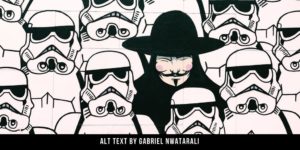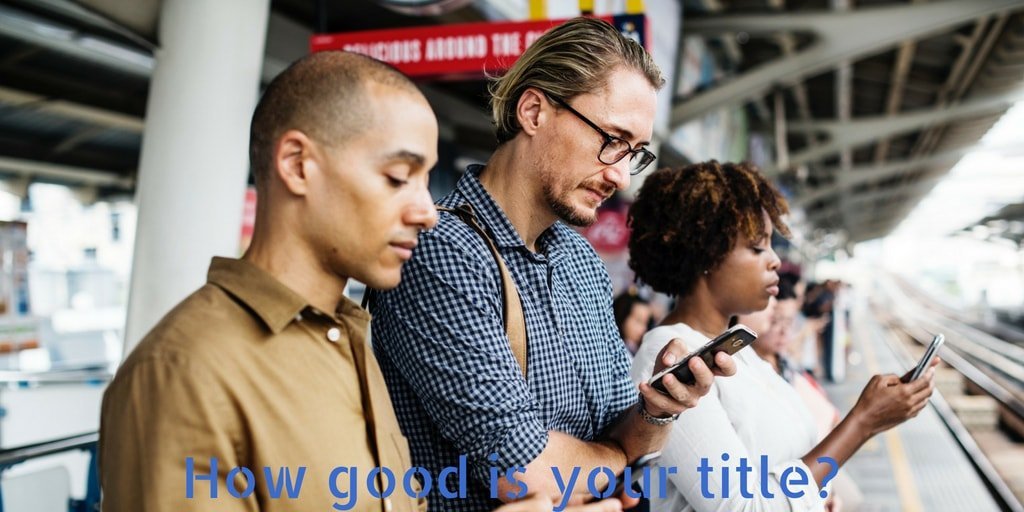This piece is part of our on-page SEO series and today we’re going to be discussing the alt text, also referred to as the alt attribute, alternative text or alt tag. It’s what we use in HTML to describe an image so that search engines can understand them.
It’s an important on-page element but it’s also essential because:
- Aside from describing a photo, a visually impaired user can use the alt attribute to know the contents of an image. If you’ve ever used text to speech software before, you’ll notice that the program reads the alt texts of images.
- Whenever an image file cannot be loaded, the alternative text will display in place of that image.
- They help search engines like Google or Bing properly index images. Alt text is a huge part of why image search is very accurate these days.
A typical image tag in HTML looks like this:
<img src=”pic.jpg”/>
Once we’ve added the alt attribute, it would look like this:
<img src=”pic.jpg” alt=”picture of a bike”/>
If you need a longer description of your image, then you could use ‘longdesc’ like so:
<img src=”pic.jpg” alt=”picture of a bike” longdesc=”this is my super long description text of a bicycle”/>
Simple, huh? And many content management systems like WordPress allow you to add alt text without writing the code. The software just does it for you.
Here’re a few things to keep in mind.
The Alternative Text Format
It needs to be sufficiently descriptive without being too long. Also, avoid keyword stuffing because that can harm your web page’s rankings. For example, let’s assume that you’ve just finished a piece on blogging and you have a picture of a man working with his laptop. An appropriate alt text could be something like ‘man on his laptop blogging’.
Accessibility
The main purpose of the alt text is to help visually impaired website visitors and bots, including web browsers to understand an image. So think of it as something that you should always do to enhance your on-page SEO and the user experience for your visitors.
Artificial Intelligence (AI)
AI is becoming very good at understanding images on its own but it’s not perfect yet. So keep in mind that even without specifying an alt tag, the search engine bots would still index your images. However, you’ll have less control over what you want them to rank for.
Quick Recap & Important Notes
- Your description should be as specific as possible.
- Keep your text short, no more than 55 characters if it can be helped. If you need to stretch it, then max your description at 125. Use the ‘longdesc’ attribute for more complex images.
- Include your most important keyword.
- No keyword stuffing!
- Try not to include things like ‘pic of’ or ‘image of’ in your text because this is redundant. The bots already know it’s an image.
- Every single image on your website should have alternative text.

I’m a freelance copywriter and SEO specialist. I aim to empower individuals and businesses with impactful marketing solutions and insights. In my downtime, I recharge by embracing the beauty of nature or cherishing moments with my loved ones. If you found value in this post, please consider sharing it.
Want a heads-up once a week whenever a new article drops?




